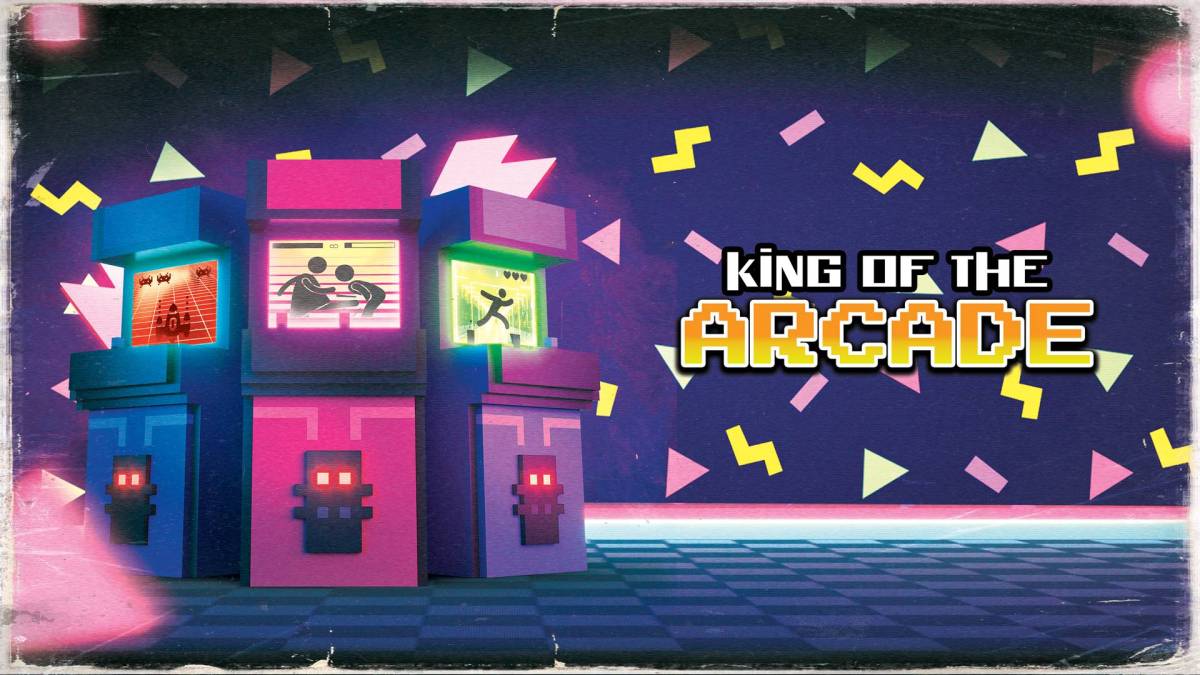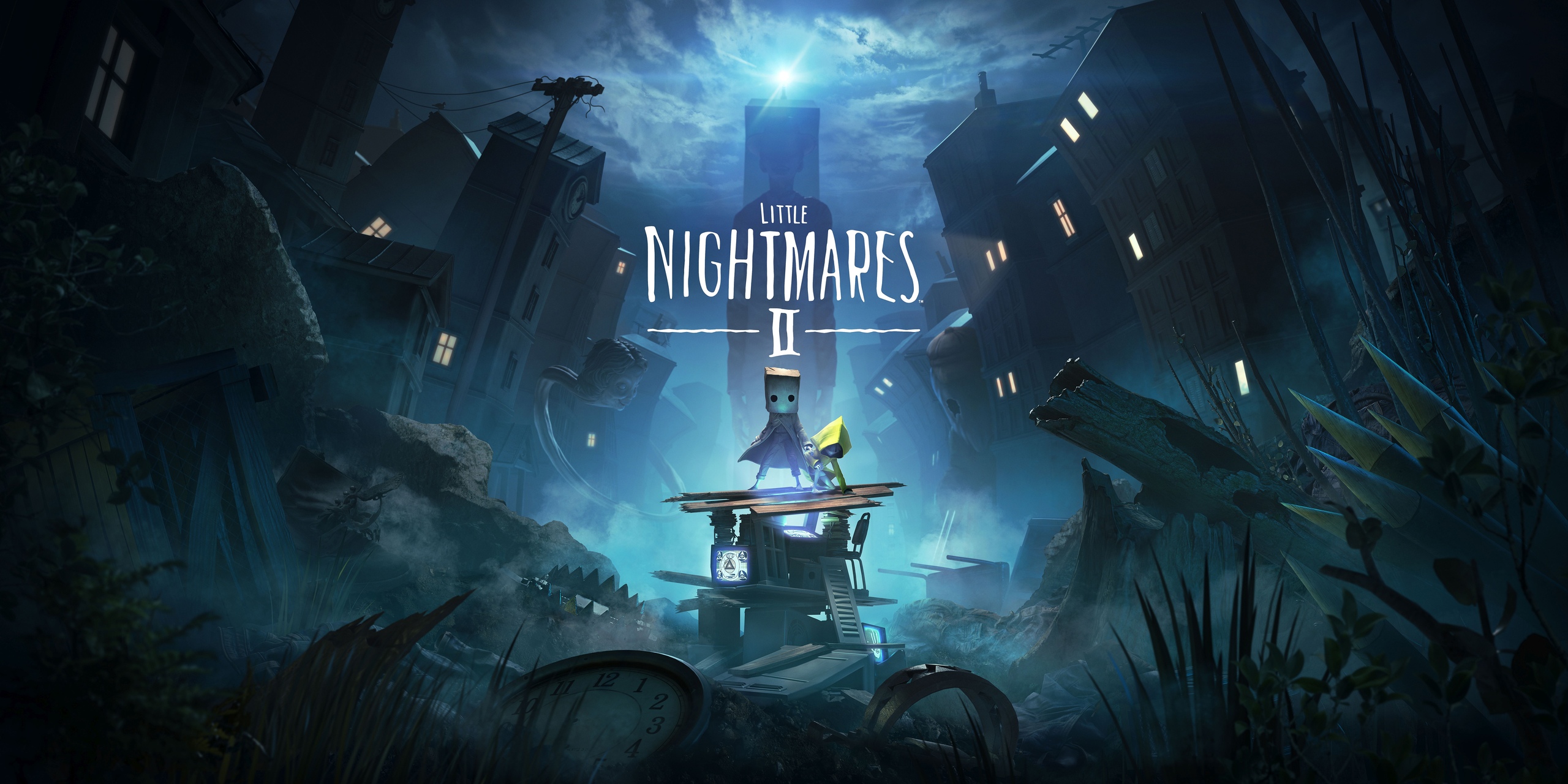
Platforms: PC, Xbox One (reviewed), Nintendo Switch, PlayStation 4, Google Stadia
Back in 2017 I reviewed the first Little Nightmares game and absolutely loved it. It even ended up being one of my favorite games of that year thanks to both its creepiness and charm. To say that Little Nightmares II had a lot to live up to would be an understatement. Unfortunately, and not to spoil the entire review, at the end of my time with this sequel I was left more than a little disappointed.

In Little Nightmares II, you play as a young boy named Mono as he tries to escape The Pale City. With a girl clad in a yellow raincoat named Six as his guide, they work together to try and solve the mystery of why a distant signal tower has distorted this world. Much like the first game, Little Nightmares II doesn’t beat you over the head with its narrative and leaves a lot up to you to figure out. This time around, some of the symbolism is more than a little obvious and came off as a little cliché at times. I will say that the end of chapter four and the entirety of the fifth and final chapters almost make up for any shortcomings. Once the credits rolled, I was left with a lot to think about.
The creepy aesthetic that sets Little Nightmares II apart from other games like it is by far its strongest quality. From a visual standpoint, if you played the first game you’ll have an idea of what to expect. Environments are dark, dreary, and decaying and characters are exaggeratedly grotesque. Being a sequel, I found that the novelty and uniqueness of this style was lost because a lot of it is so similar, but for the most part, it’s still effective. The music and sound effects are top-notch and add to the horror in ways that can only be experienced firsthand. From the pitter-patter of rain to the distant scratching and screeching, every sound has a way of putting you on edge. Music also does a great job of setting the mood and plays a pretty big role in some sections. While music taste is subjective, I love what’s here.
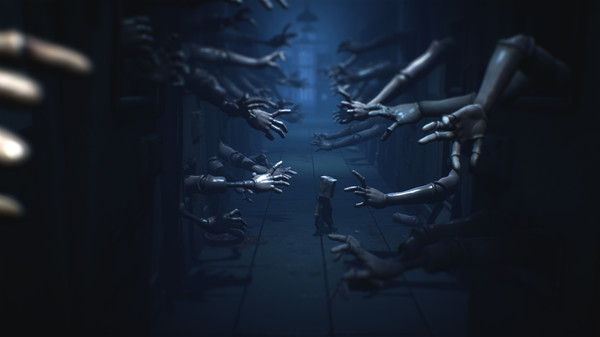
When it comes to gameplay, Little Nightmares II can basically be broken down into four categories (or combinations of): platforming, puzzle solving, stealth sections, and chase sequences. Some of these are better implemented than others. The best of the bunch for me were the puzzles. Some are more creative than others, but each puzzle was satisfying and I feel like Little Nightmares II is at its best when you’re solving puzzles. Things start to go a little off the rails with some of the stealth sections. Most of these come down to trial and error because a lot of times it’s hard to tell exactly when or where you’ll be seen. This was frustrating at times, especially when other gimmicks, like using a flashlight to freeze enemies, are introduced. They weren’t nearly as frustrating as some of the platforming.
The issues with the platforming come down to the fact that the game is basically set up as side-scrolling but on a 3D plane. So you’ll almost always be progressing from left to right, but you’re also able to move from the foreground to the background in the environment. This means that not only do you have to determine how much distance your jump will need when moving from left to right, but you need to make sure it’s lined up properly from front to back. With no ability to control the camera, this can be tricky at times, especially in the chase sequences when speed and precision are key. This 3D plane also creates issues with running into and getting stuck behind objects because you can’t tell exactly where you’re positioned in some of these dark areas.
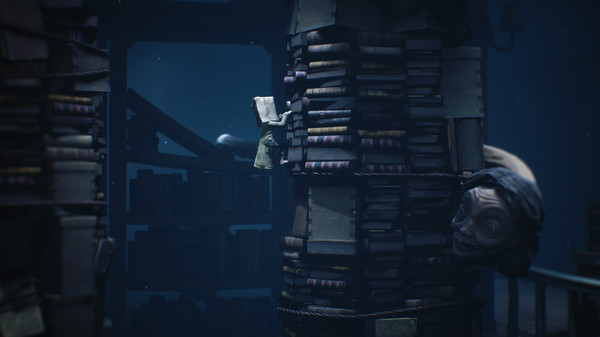
Little Nightmares II actually has one other gameplay mechanic that I haven’t mentioned yet that wasn’t present in the first game – combat. These sections are few and far between, which is fortunate because they are terrible. Again, determining where Mono is on the 3D plane makes hitting enemies hard. Even when you’re sure you are lined up properly, sometimes the hits don’t seem to register. This was by far the most frustrating part of the game and I can’t help but feel it wasn’t in the original for a reason.
As I mentioned earlier, Mono is accompanied by Six in Little Nightmares II. During most of the game, these two will be able to work together to solve puzzles and have some interesting interactions throughout. Luckily, Six never feels like a nuisance like some AI companions. You’ll never have to worry about her getting killed or spotted and she helps out when needed. In fact, she’s actually just as integral to the narrative as Mono. One last thing worth mentioning, some might be disappointed to hear that even though there are elements of co-op here, this is strictly a single-player game.
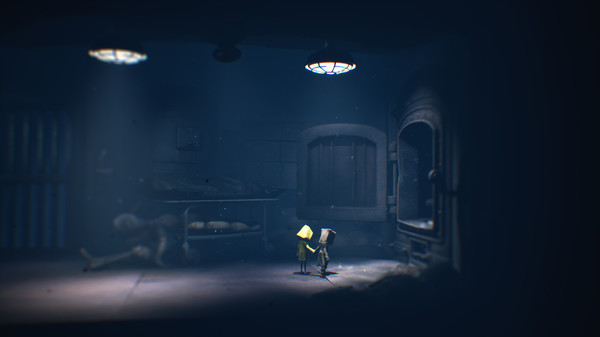
The creepy aesthetic of The Pale City, thanks to both the visuals and incredible sound design, and the final chapter of the game are without question the highlights here. It’s unfortunate that gameplay relying on trial and error, terrible combat, and some frustrating platforming bring the experience down to a level that is actually disappointing. Little Nightmares II is in no way a bad game, it’s just a bummer that its predecessor set the bar so damn high that it couldn’t live up to it in nearly any way.





